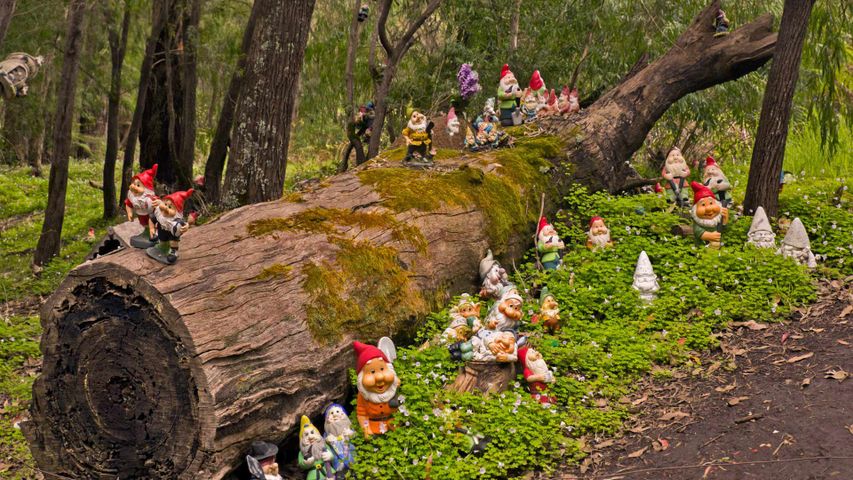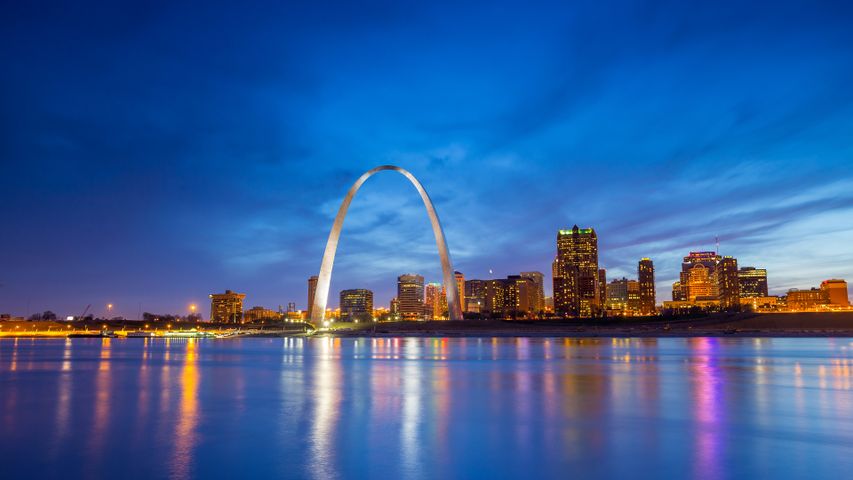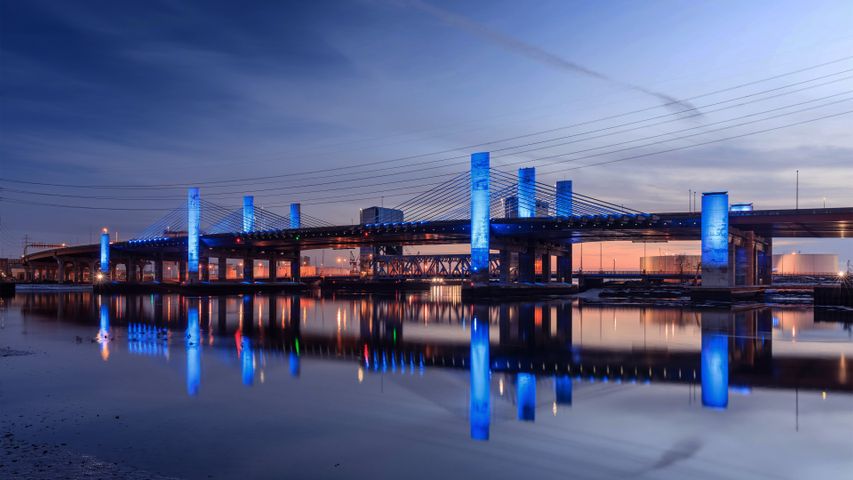Stari Most in Mostar, Bosnia and Herzegovina
© Ayhan Altun/Getty Image
The 'Old Bridge,' reborn. Stari Most in Mostar, Bosnia and Herzegovina
For 427 years the Mostar Bridge stood strong, despite the belief that its original mortar was composed of egg whites. Truth is, not much is known about the 16th-century construction of this bridge in what is now known as Bosnia and Herzegovina. All that remains in historical records are memories and legends and the name of the bridge's builder, Mimar Hayruddin. He was charged by Suleiman the Magnificent to build an unprecedentedly wide arch, and threatened with death if the structure failed. Hayruddin is said to have been so unsure of his creation that he made funeral preparations before the scaffolding was removed.
Luckily (and much to the builder's probable relief), the arch remained intact. Suspended nearly 80 feet above the Neretva River, the highest point of the bridge's arch rose an additional 39.5 feet. Upon its completion in 1566, it was the widest arch ever built, stretching 90 feet across. The bridge was compared by one explorer to 'a rainbow arch soaring up to the skies.'
Known locally as Stari Most, or 'Old Bridge,' it was finally brought down in November 1993 after being hit by a barrage of shells in a targeted attack during the Bosnian War. Considered a treasure of Bosnian Islamic architecture, its destruction by Croatian forces was condemned around the world. Scholars referred to the act as an attempt at 'killing memory.' Due to the cultural significance of the bridge in the Mostar region, plans to rebuild it as accurately as possible began at the war's end. The reconstructed bridge was unveiled to the public in 2004. Used for normal daily activities, the bridge also has history as a popular spot for annual diving competitions.
Related Images
Bing Today Images







 The Gateway Arch in St. Louis, Missouri
The Gateway Arch in St. Louis, Missouri
 Pearl Harbor Memorial Bridge, New Haven, Connecticut
Pearl Harbor Memorial Bridge, New Haven, Connecticut
 West Cornwall Covered Bridge over the Housatonic River, Connecticut
West Cornwall Covered Bridge over the Housatonic River, Connecticut
 Vasco da Gama Bridge, Lisbon, Portugal
Vasco da Gama Bridge, Lisbon, Portugal
 River Thames, London, England
River Thames, London, England
 Huntington Beach Pier, California, at sunset
Huntington Beach Pier, California, at sunset
 Pont Neuf over the Seine, Paris, France
Pont Neuf over the Seine, Paris, France
 Tate Modern lit up for International Women's Day, London, England
Tate Modern lit up for International Women's Day, London, England